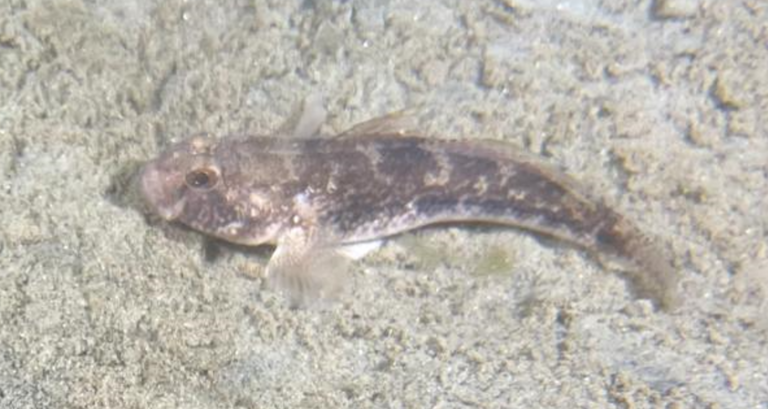Bass (Dicentrarchus labrax) – Zeebaars

Bass (Dicentrarchus labrax) - Zeebaars
- Taxonomy: The European Bass belongs to the Moronidae family, a group of temperate bass species known for their streamlined bodies and silver scales.
- Species: Dicentrarchus labrax is commonly found in European waters, especially in the North Atlantic and the Mediterranean Sea.
- Reproduction: They spawn during spring, with females releasing thousands of eggs into the open water where they are fertilized by the males.
- Habitat: Thrive in shallow coastal waters, often near rocky reefs, estuaries, and sandy seabeds. They can also tolerate varying salinity levels, making estuaries an ideal habitat.
- Diet: Carnivorous, feeding on small fish, crustaceans, and invertebrates. Bass are active hunters, known for their swift and agile movements when chasing prey.
- Conservation: Due to overfishing, European bass populations are under pressure. Many countries enforce fishing limits and size regulations to aid in conservation.
- Unique Anatomy: They have two dorsal fins, the first with sharp spines for protection, and they are recognized for their silvery scales and large, streamlined bodies, which help them in fast swimming.
- Lifespan: Bass can live up to 15 years, although most individuals live between 5-10 years.
The European Bass: Kings of Coastal Waters
When we think of marine predators, sharks or large tunas often come to mind. However, the European Bass (Dicentrarchus labrax) is one of the most skillful hunters in coastal ecosystems. These silver-scaled predators not only play a vital role in marine biodiversity but are also prized by both recreational and commercial fishers.
What is a European Bass?
Commonly referred to as “Zeebaars” in Dutch, is a fish found across the coastlines of Europe. With a body built for speed and agility, they are often seen patrolling rocky shores and estuaries in search of food. Their silvery scales and streamlined shape allow them to blend into their surroundings, making them a formidable predator. Bass have an impressive ability to tolerate different salinity levels, thriving in both saltwater and brackish environments.
A Day in the Life of a Bass
Are opportunistic hunters, using their keen eyesight and fast reflexes to catch prey. They typically feed on smaller fish, such as mackerel and sardines, as well as shrimp and other invertebrates. Because they lack large teeth, bass swallow their prey whole, relying on their agility to chase down fast-moving targets.
Despite their efficient hunting strategies, European bass are not immune to human pressures. Overfishing and habitat destruction have impacted their populations, leading to strict fishing regulations in some regions. Nonetheless, these fish remain highly prized in both sports fishing and culinary circles.
Reproduction: The Journey Begins in Spring
During spring, they migrate towards warmer waters to spawn. Females release thousands of eggs, which are fertilized by males in the open water. The eggs then drift with the currents until the larvae hatch and develop into juvenile fish. Young bass often remain in estuaries and sheltered coastal areas until they are large enough to move into deeper waters.
Ecological Role: Guardians of Coastal Ecosystems
Bass play a crucial role in maintaining the balance of coastal ecosystems. By controlling populations of smaller fish and crustaceans, they help sustain the biodiversity of these habitats. In turn, their presence supports other marine life by preventing the overgrowth of species that can damage seagrass beds and coral reefs.
However, the future is uncertain due to the increasing impact of overfishing and habitat degradation. Conservation efforts, including size limits and catch quotas, aim to ensure that bass populations can recover and continue to thrive in their natural environments.
Conclusion
European bass are impressive and essential predators in coastal waters, contributing to the balance and health of marine ecosystems. Their streamlined bodies, swift hunting skills, and adaptability make them a fascinating species worth protecting. Whether admired by divers or sought after by anglers, the European bass deserves recognition and conservation efforts to ensure their continued presence in our seas.







